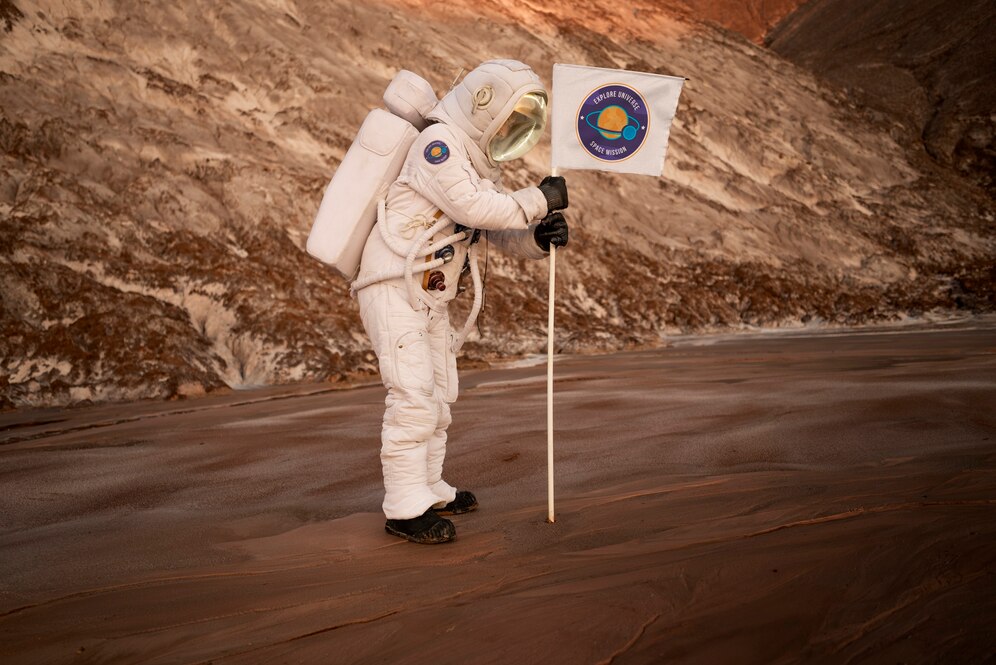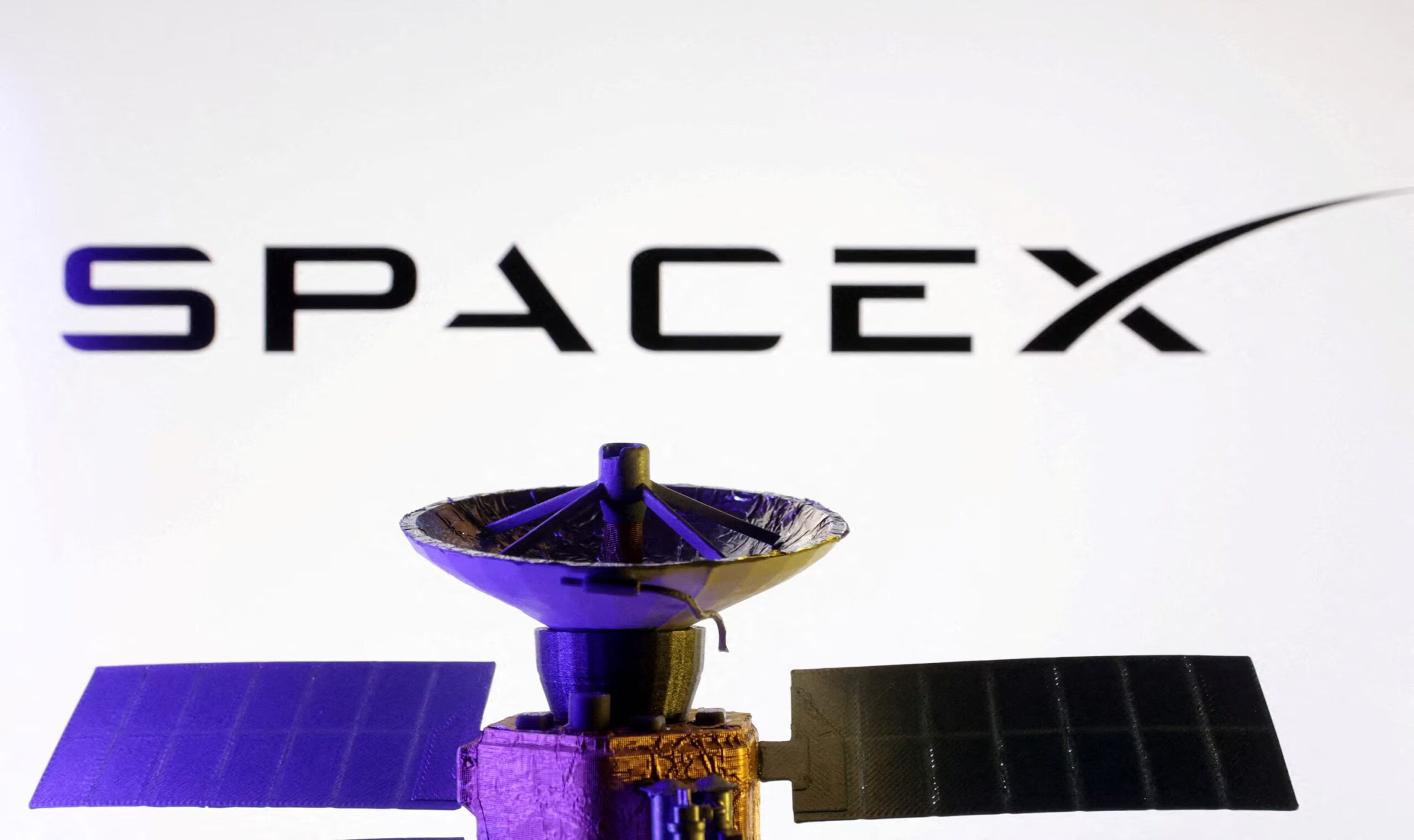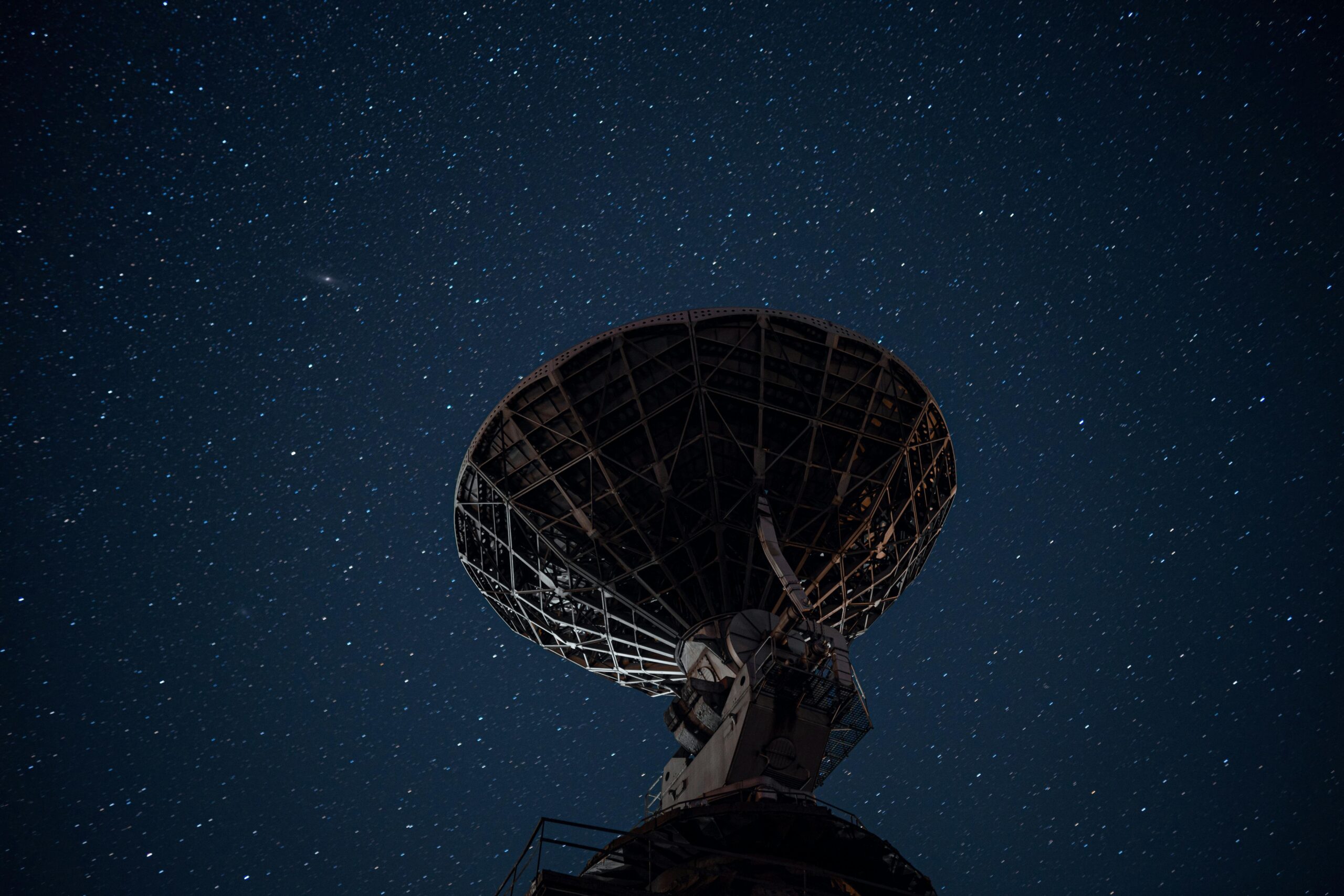Space exploration is entering an exciting new phase. Both government agencies like NASA and private companies are investing in interstellar travel. In the next decade, we can expect major advancements in future space missions, including plans for the Moon, Mars, and beyond. With new technologies and international teamwork, these efforts aim to expand what we can achieve in space.
This article explores what the next ten years will bring for NASA space programs, the role of commercial spaceflight, and the growing impact of private space exploration on humanity’s future in space.
NASA’s Ambitious Space Programs

Artemis Program: Returning Humans to the Moon
One of NASA’s biggest projects is the Artemis program, which aims to return humans to the Moon for the first time since 1972. The Artemis missions will set up a lasting human presence on the lunar surface, paving the way for future missions to Mars.
- Artemis I (2022): An uncrewed test flight of the Orion spacecraft and the Space Launch System (SLS), showing they can handle deep-space travel.
- Artemis II (2024-2025): A crewed mission that will orbit the Moon, testing life support systems for future landings.
- Artemis III (2026-2027): The first crewed lunar landing of the Artemis era, featuring the first woman and the next man on the Moon.
- Beyond Artemis III: NASA plans to build the Lunar Gateway, a space station orbiting the Moon to support long-term missions.
This initiative is not just about exploration; it also focuses on resource use. Scientists plan to mine lunar ice for water, which could become fuel for future space missions to Mars and beyond.
The Mars Missions: A Giant Leap for Humanity
NASA’s long-term goal is to send humans to Mars in the 2030s. This decade lays essential groundwork, including:
- Perseverance Rover (2021-Present): Collecting samples for a future return mission to Earth.
- Mars Sample Return Mission (late 2020s): A joint effort between NASA and the European Space Agency to bring Mars samples back.
- Human Mars Missions (2030s): Plans for crewed missions, with NASA testing key technologies like radiation shielding and habitat modules.
Success in these projects could help humanity become a multi-planetary species.
The Rise of Private Space Exploration

SpaceX: Pioneering Commercial Space Travel
Elon Musk’s SpaceX has changed space travel by creating reusable rockets and lowering launch costs. In the next decade, SpaceX plans to:
- Starship Missions: The fully reusable Starship will play a vital role in Moon and Mars missions.
- Private Lunar Missions: Contracts with NASA and private investors to deliver cargo and people to the Moon.
- Mars Colonization: SpaceX aims to send cargo missions to Mars before crewed flights later in the decade.
Blue Origin and Other Commercial Players
Jeff Bezos’ Blue Origin is also heavily invested in space travel, aiming to build an orbital manufacturing hub and lunar habitats. Companies like Boeing, Rocket Lab, and Virgin Galactic are also contributing to the growing commercial space travel industry.
With private companies stepping up, private space exploration is becoming a key part of the future of space.
The Role of International Collaboration
Space exploration now involves many nations. The next decade will see more international partnerships, such as:
- The Lunar Gateway: A joint project with NASA, the European Space Agency (ESA), Japan, and Canada.
- China’s Space Ambitions: China’s Tiangong Space Station is expanding, and its lunar missions could rival NASA’s.
- Russia’s Space Plans: Despite political challenges, Russia remains a crucial player in global space programs.
These collaborations are vital for sharing resources and expertise to achieve ambitious goals in future space missions.
Cutting-Edge Space Technologies
To make these missions successful, new technologies are being developed, including:
- Nuclear Propulsion: NASA and DARPA are working on nuclear-powered spacecraft for faster travel.
- AI and Robotics: AI-driven rovers and robotic explorers will help gather data on distant planets.
- Space Habitats: NASA and private firms are testing inflatable and modular habitats for long missions.
- Space Mining: Extracting resources from asteroids and the Moon could supply materials for space stations and fuel deep-space missions.
The next decade may bring breakthroughs that make space travel more sustainable and efficient.
The Future of Space Tourism

As technology improves, space tourism is becoming more real. Companies like SpaceX, Blue Origin, and Virgin Galactic are already offering flights to wealthy customers. In the next ten years, we can expect:
- More Affordable Space Travel: Increased competition will likely lower prices.
- Space Hotels: Companies like Axiom Space and Orbital Assembly are developing commercial space stations for tourists.
- Moon Tourism: Soon, paying customers might experience lunar excursions, similar to upcoming commercial Moon missions.
These changes could make space travel accessible to more people and lay the groundwork for a future where humans live and work in space.
The Next Decade of Space Exploration: NASA, Private Spaceflight, and the Future of Interstellar Travel
The next decade of space exploration will feature ambitious goals, technological advances, and more collaboration between governments and private companies. NASA space programs will focus on the Moon and Mars while private space exploration firms like SpaceX and Blue Origin will keep pushing limits.
With new technologies, international partnerships, and growing interest in space travel, we stand on the brink of a new era of exploration. The next ten years promise discoveries and advancements that could reshape humanity’s future.
Whether it’s returning to the Moon, landing on Mars, or creating sustainable space habitats, the journey ahead looks to be one of the most exciting times in space exploration history. Are you ready for what’s next?


